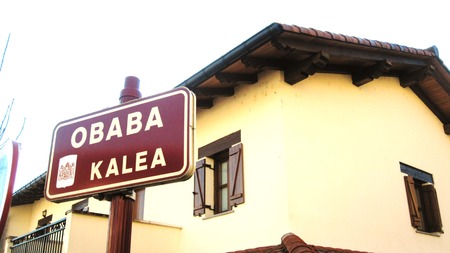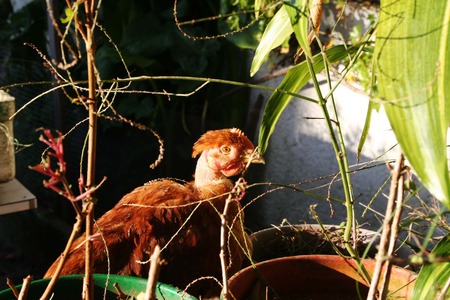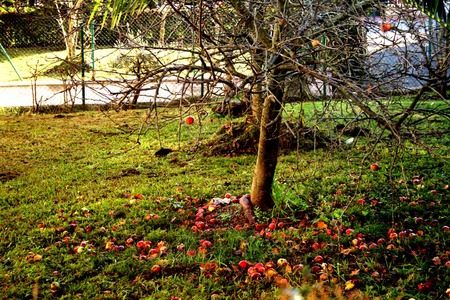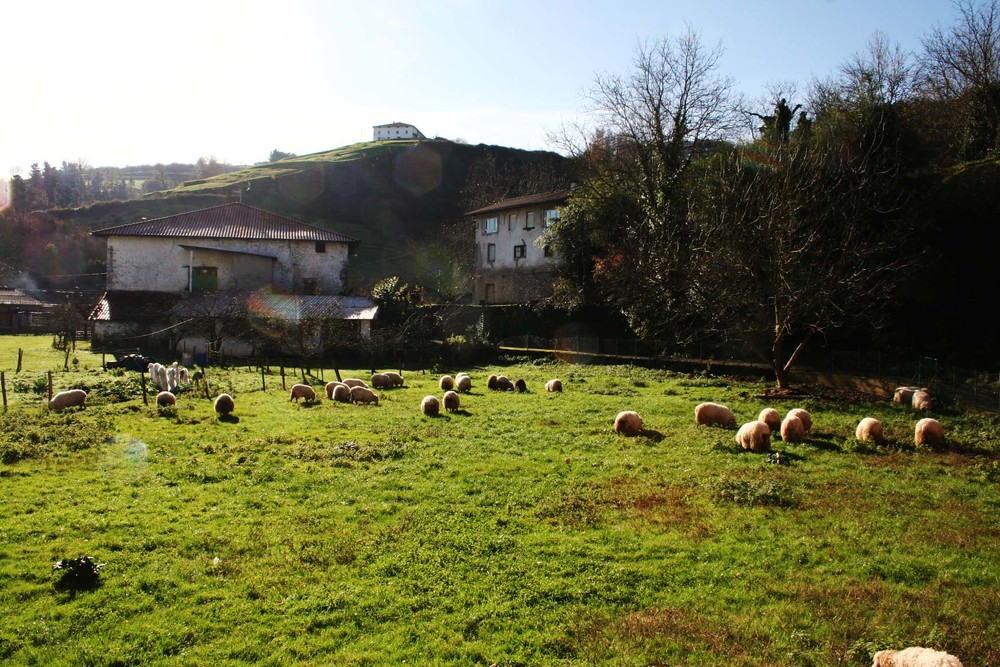vamos: asteasu, país vasco
I've been reading Bernardo Atxaga here in Euskal Herria, and with the unexpected sun demanding an excursion, we decided to make a trip to Asteasu. This small rural village is the birthplace of Atxaga and the foundation of the fictional village of Obaba.
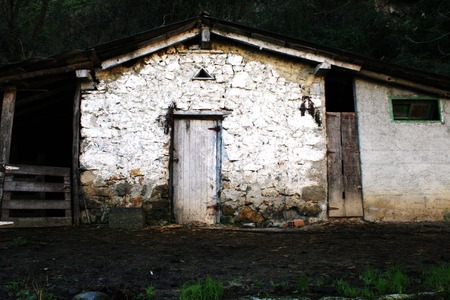
I needed to see if the real village bore any resemblance to the one I had in my head reading Obabakoak and Soinujolearen Semea. A sort of test of the writer's picture painting skill, or equally a testament to the skill of the imagination.
And, to an extent, it did. It's just a small village with even smaller houses. According to my calculations, there appeared to be approximately two restaurants, two cafe-bars, and two grocery stores. Main Street, which itself was only wide enough for a small car and an average size person, is lined by short two-story houses, most with a barnyard and garden to the side. The only stoplight in town is right next to a pen of cows and horses (and probably serves to halt oncoming cars so animals can cross).
At 10 in the morning, there were few signs of life beyond the chickens and sheep. A man was carving a wooden yolk in the street-front garage of his house. Another man disappeared into a doorway and reappeared with a loaf of bread. Then a few moments later, a man strolled down Main Street--with his sheep at his side.
The population in Asteasu has hovered around 1200 for the last 100 years. Proof of the town's existence dates back to 1203, found on a bronze plaque that reads "Asteasu, Head of the Township of Alztondo". It is the birthplace of author Bernardo Atxaga, one of the first to write books in his native tongue of Euskera. Only about 7% of Basque authors(of which there are only around 300) earn a living exclusively from writing literature.
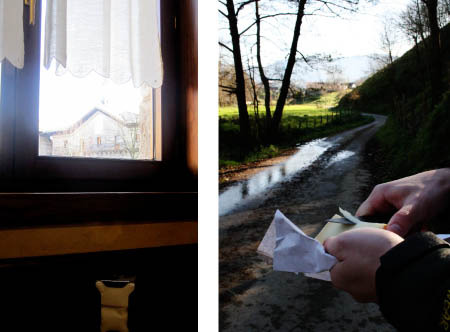
Besides Atxaga, Asteasu lays claim to Julian Lizardi, misidentified in an 1895 New York Times article as a Biscayan (when in fact he is a Gipuzkoan) who was martyred in the 1700s.
"Just between that tuft of palms under the mountain in the distance, Father Julian Lizardi, a Biscayan, received his martyr's crown in 1735 at the hands of the chiriguanas. In May 1735, just as the father was about to begin Mass, he was seized and placed by the savages on the summit of a rock, while they discharged at him a flight of arrows, one of which pierced his heart. Some weeks later , the Christians, who came to seek for his body, found it lying on the rock and perfectly incorrupt; his Breviary was by his side, open at the Office for the Dead."
When I tell people from here I paid a visit to Asteasu, I've been greeted with confusion and surprise, tinged with ridicule. Why on earth woudl you go there? There's nothing to see. I'll leave you with a quote from Atxaga, that sums up my reaction to that:
People often say things like: "Atxaga describes the rural world, the baserri and the mountains, as if he understood everything". When I hear them say that I think: 'Poor you! If only you knew what's inside that rural world!' What I mean to say is that people often simplify things that are actually quite complex and make them into clichés..."

